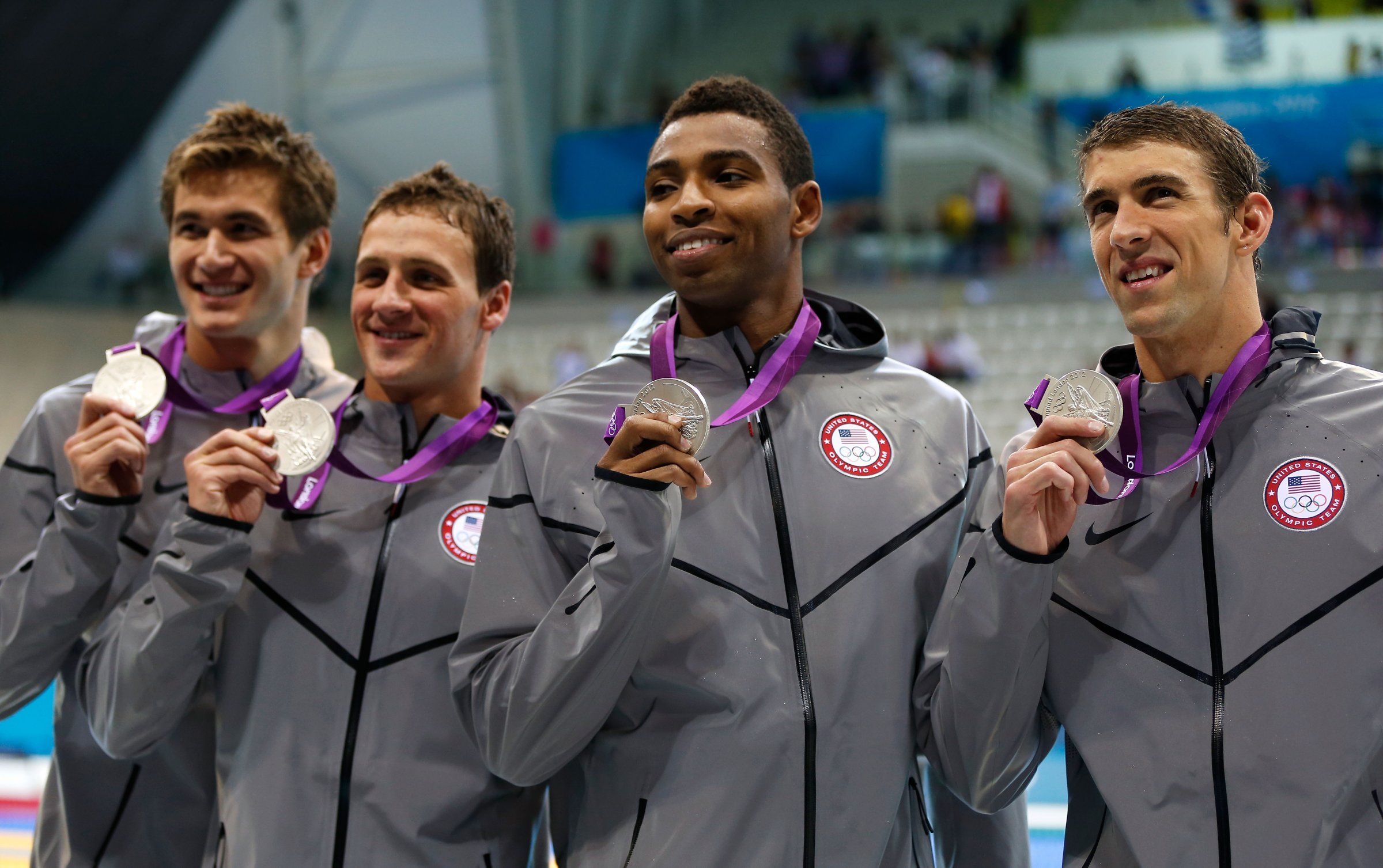
As a 5-year old, I was so excited to visit Dorney Park Water Park, in Allentown, Pennsylvania, for the first time, that I woke up particularly early that day. Dorney is known for its over-the-top rides, and when we got there my dad wanted to go on the largest, an inner tube water slide. My parents figured the safest way to do it was with my dad going first, me in the middle and my mom following.
Once I hit the water, however, my tube flipped over and with my feet in the air, I didn’t have enough strength to right myself. I was trapped underwater and I didn’t know how to swim. After about 30 seconds, a lifeguard jumped in and rescued me. When I came to, having been resuscitated, I was unaware that I had almost drowned.
But my mom, who also couldn’t swim, knew. And she felt helpless. In more than 80% of households where parents don’t know how to swim, children don’t learn either. A recent study commissioned by the USA Swimming Foundation and conducted by the University of Memphis found that nearly 70% of African-American children, 60% of Hispanic children and 40% of Caucasian children have low or no swim ability.
My mother realized that she had to break the cycle and instead of shielding me, as parents often want to do after such an incident, she changed my life by signing me up for swim lessons that very next day.
It’s ironic that as an African-American, I could have easily been one of those kids who never learned to swim, but instead my near drowning put me on the path to two gold and two silver Olympic medals for swimming.
That’s why as summer begins and the pool or beach calls families to come in, I want to tell all parents to ensure their children’s safety by taking the following steps:
Invest in Formal Swimming Lessons Participation in formal swimming lessons drastically reduce the risk of drowning and parents must take the initiative and responsibility to provide their child with the right tools to be around water. It is a worthy investment, because once you learn how to swim, it’s like riding a bike, you will never forget.
Read More: How to Talk to Your Kids About Body Image
I’m proud to be the ambassador of the Make a Splash initiative, which provides every child in American the opportunity to get a swim lesson, regardless of race, gender or income. With more than 750 ‘Make a Splash’ local providers across the country, the USA Swimming Foundation will give 900,000 swim lessons this summer and has provided swim lessons for 4 million children nationwide and granted more than $4 million for free and reduced-cost swim lessons.
Encourage Their Kids to Keep Swimming Learning to swim improves children’s confidence level around water and staying in the sport promotes physical and mental benefits for life. Learning to swim increased my self-confidence, discipline and accountability, this carried over into my schoolwork and into higher-paying jobs as a teenager. It also led to a college scholarship I likely wouldn’t have had the opportunity to earn otherwise, and paved the way for me to become an Olympic Gold medalist in a sport which most of my peers growing up would have never considered. Swimming can also help teach kids the very valuable life lesson of starting something and finishing it with all you have.
Learn to Swim Themselves We need to combat the stereotypes and barriers that keep minorities from getting in the water. When parents don’t swim, there’s only a 19% their children will. We need to break that cycle.
Read More: How a 5 Year Old Girl Saved her Mom From Drowning in a Swimming Pool
Many times, I’ve gone in the water with children who are just terrified of the water and scream and kick. Once I’ve calmed them down by easing them in, I’ve seen them take the challenge head on and move through the water laughing and with a smile on their face. There’s no greater feeling seeing that transformation.
Years ago, I was one of those children who didn’t know how to swim and never thought about joining a swim team. It took a lifeguard to resuscitate me and get me on the right track.
I don’t know about you, but I believe 10 drownings per day is about 10 too many, especially when we have a solution: swim lessons. Let’s not stand by and not take action. Not only is safety at stake, but we could be developing our next CEO of Goldman Sachs or Olympic gold medalist.
[findthebest id=”7RQTHnQvVYh” title=”Caloric Burn of Water Sports” width=”600″ height=”606″ url=”https://w.graphiq.com/w/7RQTHnQvVYh” link=”https://www.graphiq.com/wlp/7RQTHnQvVYh” link_text=”Caloric Burn of Water Sports | HealthGrove”]
More Must-Reads from TIME
- Donald Trump Is TIME's 2024 Person of the Year
- Why We Chose Trump as Person of the Year
- Is Intermittent Fasting Good or Bad for You?
- The 100 Must-Read Books of 2024
- The 20 Best Christmas TV Episodes
- Column: If Optimism Feels Ridiculous Now, Try Hope
- The Future of Climate Action Is Trade Policy
- Merle Bombardieri Is Helping People Make the Baby Decision
Contact us at letters@time.com